3D printed heart replicas, A new type of colossal galaxy, shutting down HIV with gene editing, and more!
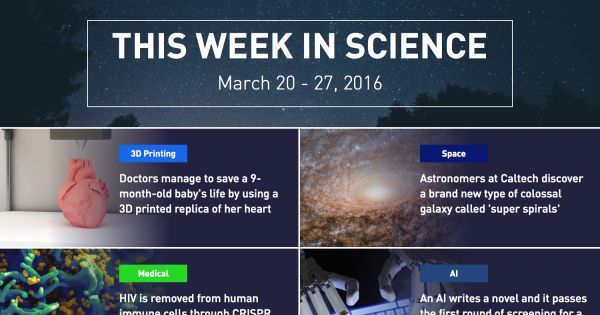

3D printed heart replicas, A new type of colossal galaxy, shutting down HIV with gene editing, and more!
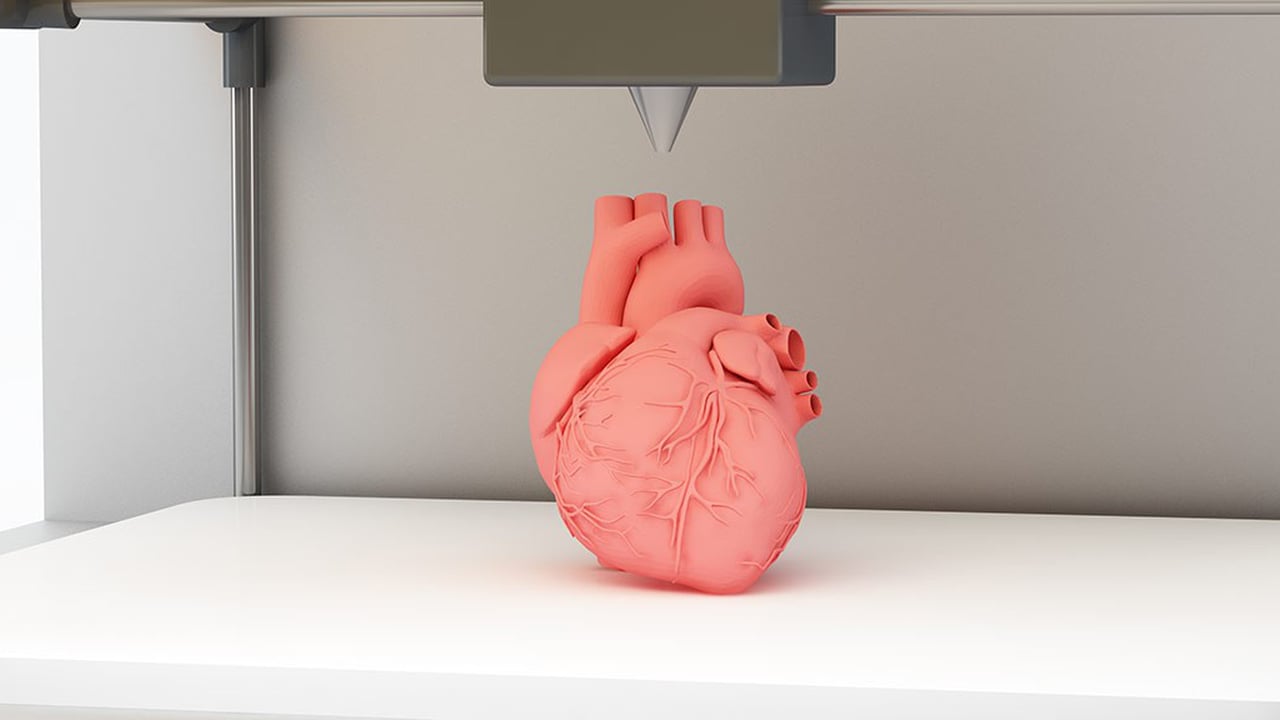
This Week in Science — March 20 −27, 2016.
3D printed heart replicas, A new type of colossal galaxy, shutting down HIV with gene editing, and more.

1st of many steps in the gene editing oversight.
PRINCETON, N.J., March 29, 2016 /PRNewswire/ — WIRB-Copernicus Group® (WCG™), one of the world’s leading providers of solutions that measurably improve the quality and efficiency of clinical research, today announced that it has assembled a team of world-renowned experts to advise the company regarding the latest advances in gene therapy research. The WCG Gene Therapy™ Advisory Board will convene today in Princeton, NJ.
“Human gene therapy is one of the fastest-growing areas of medical research, and also one of the most promising,” said WCG Chairman and Chief Executive Officer Donald A. Deieso, Ph.D. “The advances made by scientists and clinicians in the field of gene therapy have enabled us to target disease at the genetic level, redefining the concept of precision medicine.” He added, “More than that, gene transfer researchers have succeeded – over the course of a single lifetime – in transforming the world’s most persistent and lethal viruses into disease-fighting allies in the quest to improve human health.”
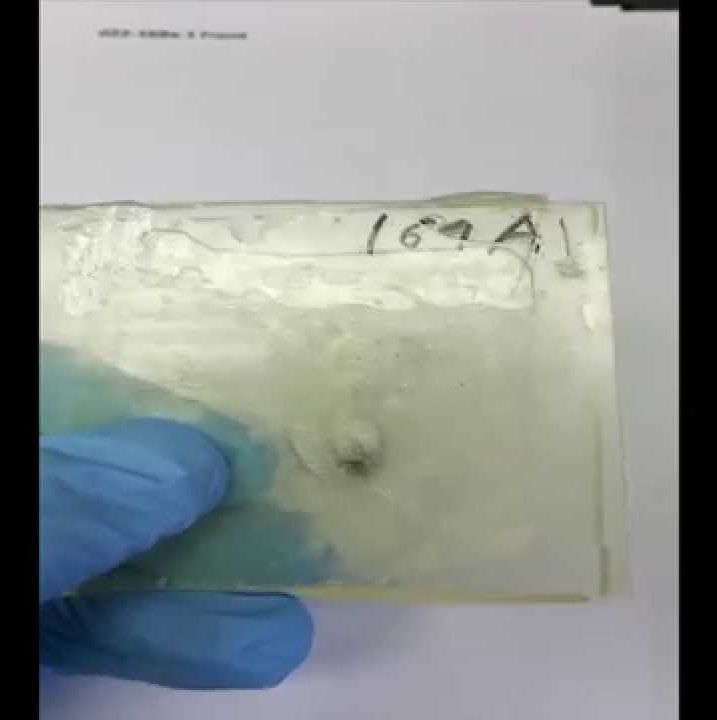
Synthetic biology involves creating or re-engineering microbes or other organisms to perform specific tasks, like fighting obesity, monitoring chemical threats or creating biofuels. Essentially, biologists program single-celled organisms like bacteria and yeast much the same way one would program and control a robot.
But 10 years ago, it was extremely challenging to take a DNA sequence designed on a computer and turn it into a polymer that could implement its task in a specific host, say a mouse or human cell. Now, thanks to a multitude of innovations across computing, engineering, biology and other fields, researchers can type out any DNA sequence they want, email it to a synthesis company, and receive their completed DNA construct in a week. You can build entire chromosomes and entire genomes of bacteria in this way.
“Biology is the most powerful substrate for engineering that we know of,” said Christopher Voigt, Professor of Biological Engineering at MIT. “It’s more powerful than electrical engineering, mechanical engineering, materials science and others. Unlike all the other fields, we can look at what biology is already able to do. When we look at the natural world, we see things like the brain. That’s a complex place computing, electrical engineering and computer science can’t reach. The brain even constructs nanostructures very deliberately, something materials science has not accomplished.”
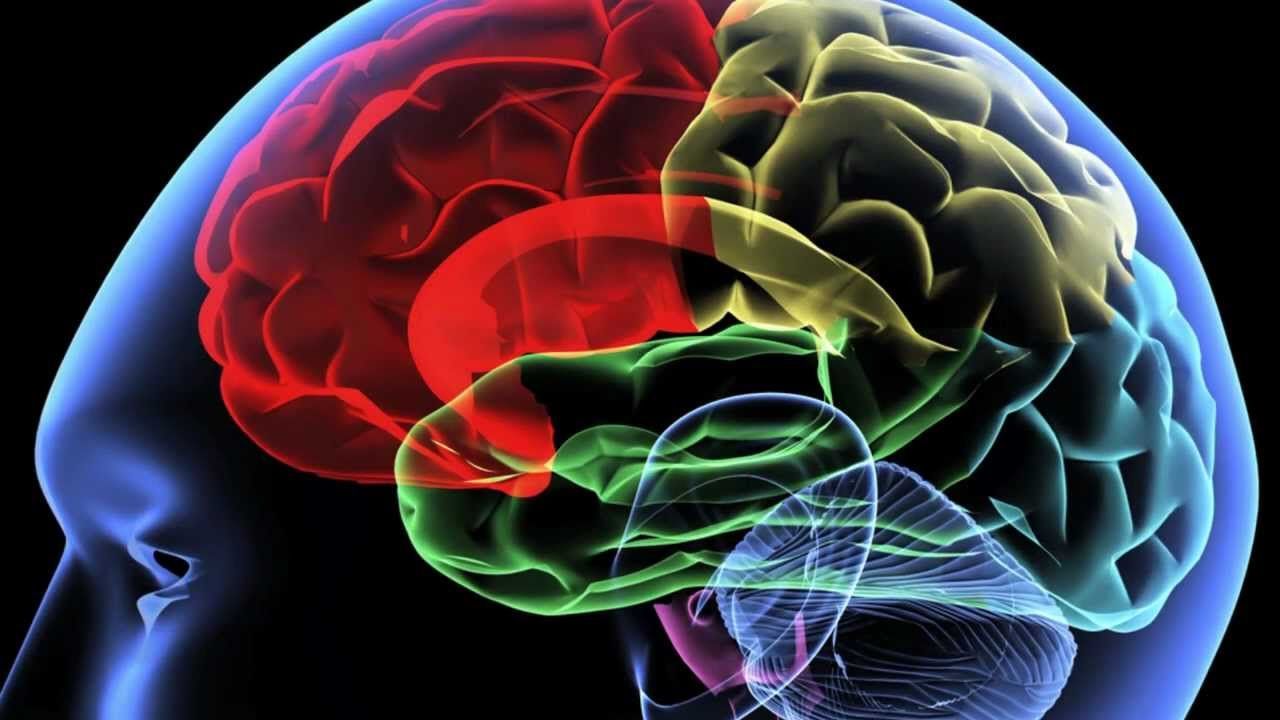
Now, we have to truly ask ourselves; when one looks at all of the complexities of the brain and how it interacts with the body such as pathways; and then you look at our existing digital infrastructure and technology how can anyone truly believe that they can mimic the human brain and all of its functions. Not on the existing digital platform, not happening. We need a way more advance platform and infrastructure.
Suppose it’s Thursday night and you’re in bed. Your roommate is talking to you about the football team’s chances for the fall, but just when they predict a Tiger playoff berth, you drift off to sleep.
Enzo Tagliazucchi, a physicist at the Institute for Medical Psychology in Kiel, Germany, might explain why you fell asleep during the conversation by suggesting that your neurons are too disconnected.
In the Journal of the Royal Society Interface, Tagliazucchi and colleagues suggest that there is a specific balance between brain signaling pathways that causes consciousness to arise. The finding is based on six years of research on the neuronal pathways of the brain which prompt the sleep state.
Hmmm;
Researchers are testing mild electrical stimulation to improve brain function and mental health, but warn do-it-yourselfers to be wary of treating themselves with models available online.
Dr. Fidel Vila-Rodriguez, director of the Non-Invasive Neurostimulation Therapies (NINET) Lab at the University of B.C., is starting to lend devices for home use to people with Parkinson’s disease and depression that will deliver a weak electrical current through electrodes placed on their temples.
The machines in his experiments can’t be adjusted above two milliamps — similar to the power created by two AA batteries. In contrast, some unregulated brain stimulators sold online can deliver about 10 times that amount of current, something he calls “worrisome.” It is an amount of electricity still small enough that users might not notice an immediate effect — or danger.
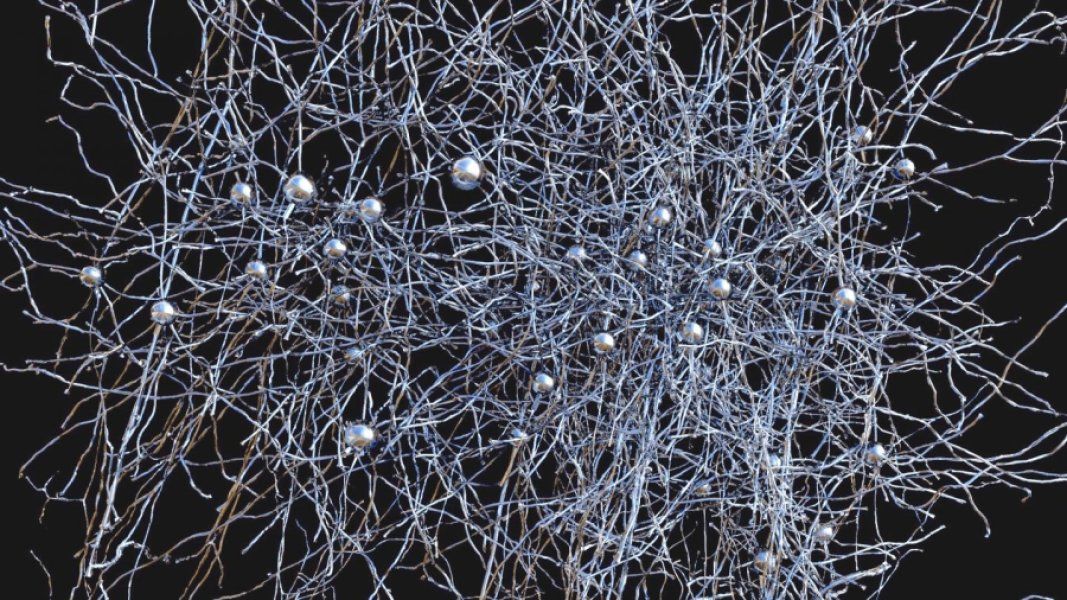
Awesome!
Even the simplest networks of neurons in the brain are composed of millions of connections, and examining these vast networks is critical to understanding how the brain works. An international team of researchers, led by R. Clay Reid, Wei Chung Allen Lee and Vincent Bonin from the Allen Institute for Brain Science, Harvard Medical School and Neuro-Electronics Research Flanders (NERF), respectively, has published the largest network to date of connections between neurons in the cortex, where high-level processing occurs, and have revealed several crucial elements of how networks in the brain are organized. The results are published in the journal Nature.
“This is a culmination of a research program that began almost ten years ago. Brain networks are too large and complex to understand piecemeal, so we used high-throughput techniques to collect huge data sets of brain activity and brain wiring,” says R. Clay Reid, M.D., Ph.D., Senior Investigator at the Allen Institute for Brain Science. “But we are finding that the effort is absolutely worthwhile and that we are learning a tremendous amount about the structure of networks in the brain, and ultimately how the brain’s structure is linked to its function.”
“Although this study is a landmark moment in a substantial chapter of work, it is just the beginning,” says Wei-Chung Lee, Ph.D., Instructor in Neurobiology at Harvard Medicine School and lead author on the paper. “We now have the tools to embark on reverse engineering the brain by discovering relationships between circuit wiring and neuronal and network computations.”

Moscow (AFP) — The hunters searching for mammoth tusks were drawn to the steep riverbank by a deposit of ancient bones. To their astonishment, they discovered an Ice Age puppy’s snout peeking out from the permafrost.
Five years later, a pair of puppies perfectly preserved in Russia’s far northeast region of Yakutia and dating back 12,460 years has mobilised scientists across the world.
“To find a carnivorous mammal intact with skin, fur and internal organs — this has never happened before in history,” said Sergei Fyodorov, head of exhibitions at the Mammoth Museum of the North-Eastern Federal University in the regional capital of Yakutsk.
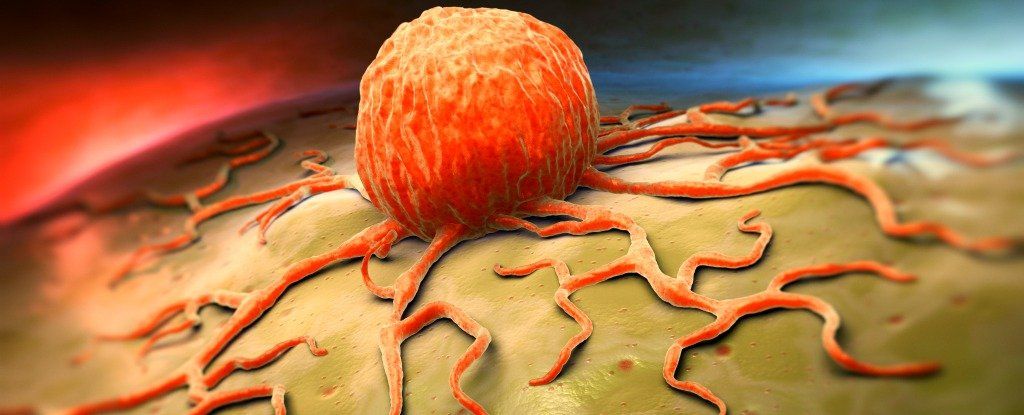
Despite all our advances in cancer research, our best strategy of fighting the disease is still brute force, with only a fraction of the drugs administered actually reaching the tumour cells, and most being absorbed into healthy tissue. When cancer spreads, the likelihood of medication reaching it gets even lower, which is why secondary, or metastatic, tumours can be so deadly.
But now, researchers have used cancer’s own tricks against it, by developing dissolvable nanoparticles that target the heart of metastatic tumours directly. And they’ve already seen unprecedented success in mouse studies, with 40–50 percent of the animals being “functionally cured”, and tumour-free after eight months — the equivalent of about 24 years for a human patient. The team is so excited by these results, they hope to fast-track the research and begin human trails in 2017.
“I would never want to overpromise to the thousands of cancer patients looking for a cure, but the data is astounding,” said one of the researchers, Mauro Ferrari, from the Houston Methodist Research Institute. “We’re talking about changing the landscape of curing metastatic disease, so it’s no longer a death sentence.”

When rock band Queen asked us “Who wants to live forever?” back in 1986, we interpreted it as standard lyrical rhetoric. But now, three decades and what feels like light years in technological, medical, and scientific advances later, the answer to that age-old question may have changed. And according to Ray Kurzweil, the famous American inventor who has been described as the “rightful heir to Thomas Edison,” we’re nearing immortality.
As the man responsible for the first CCD flatbed scanner, the first omni-font optical character recognition, the first print-to-speech reading machine for the blind, the first text-to-speech synthesizer, the first music synthesizer, and much more, Kurzweil has a knack for spotting trends and anticipating the future. And if history is any indication (and his word stays true), we may be in for a long, long lifetime.
In an episode of PBS’s News Hour last week, Kurzweil noted that death, which he describes as “a great robber of meaning, of relationships, of knowledge,” will soon be conquered. Indeed, the futurist notes, our species will soon be able to defeat disease and degeneration, and live “indefinitely.”